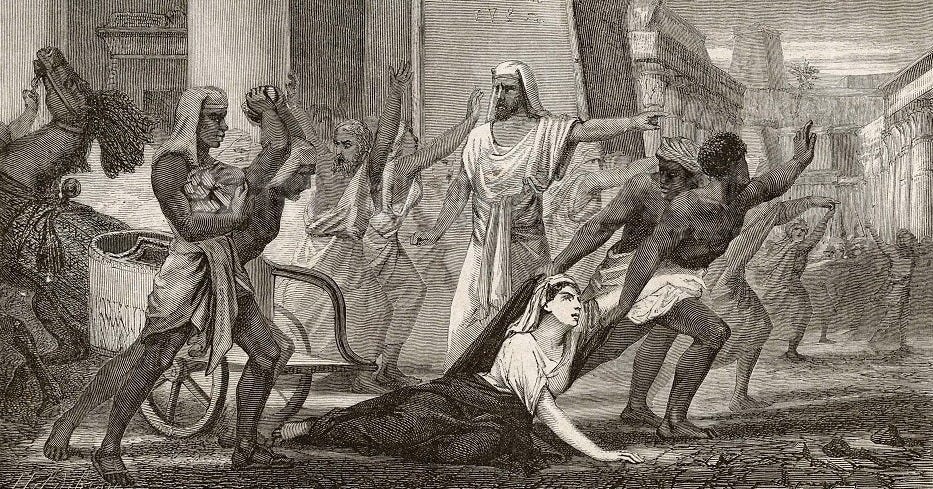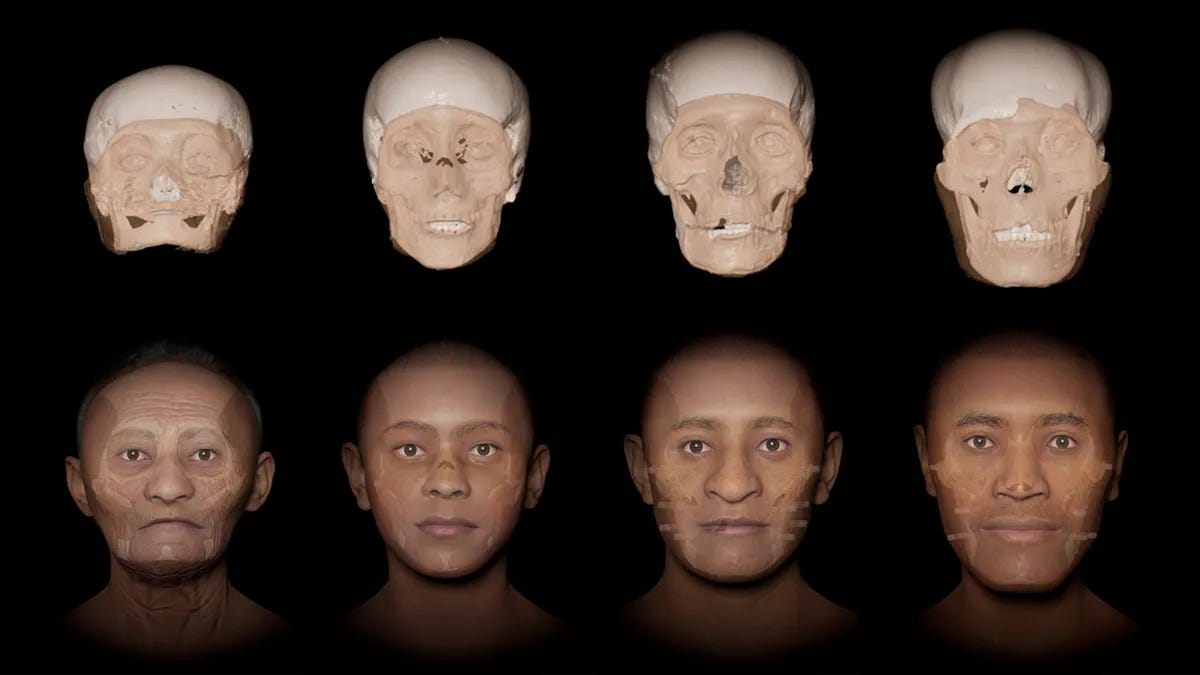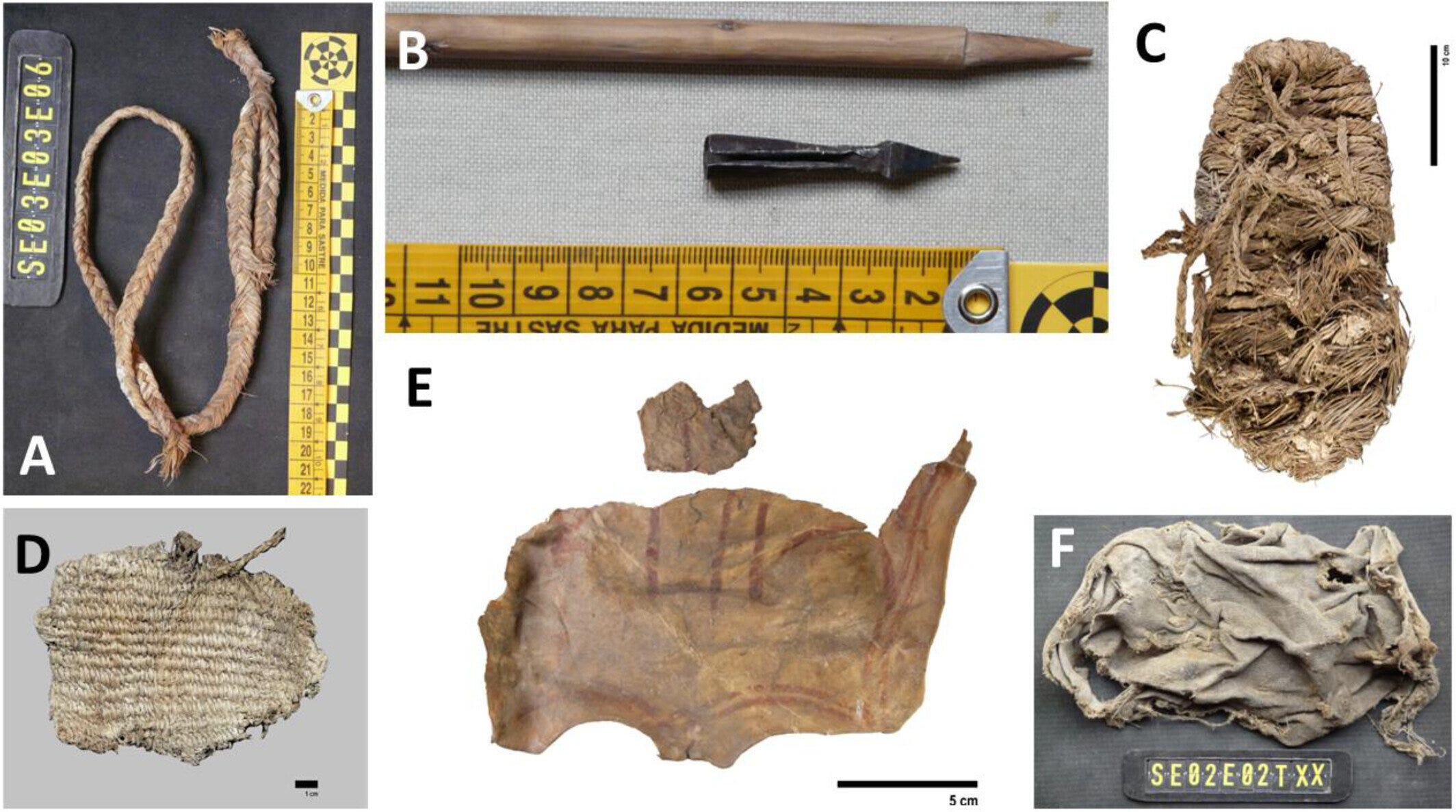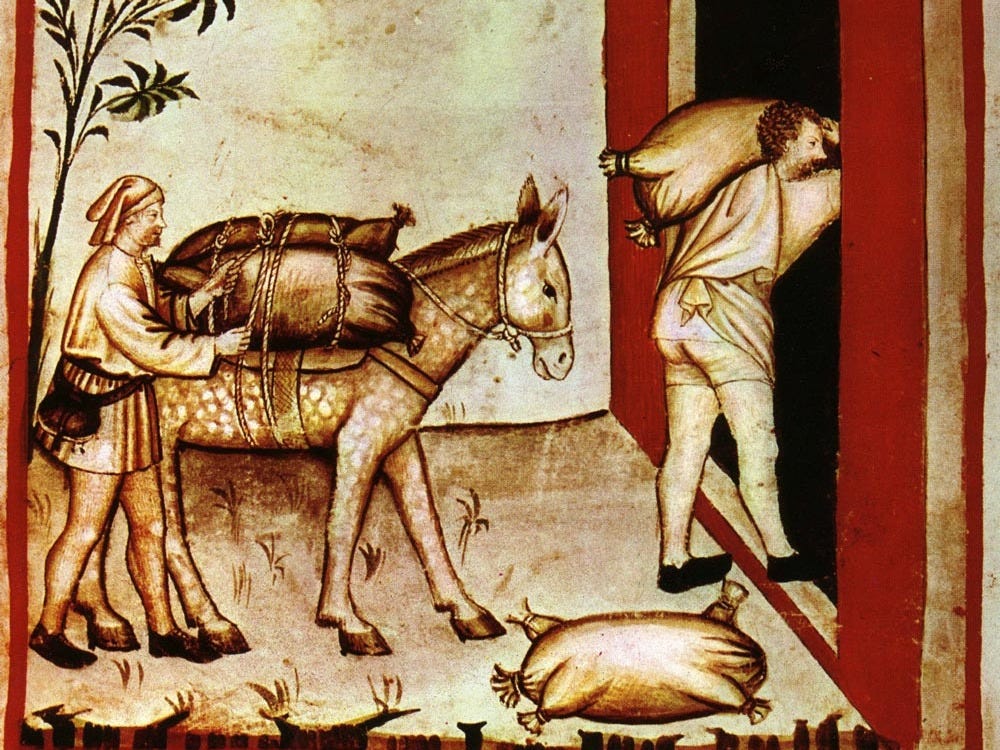The Cold War was a tactical battle between two superpowers with bold ambitions of the globe’s future. Born out of World War II, this decades-long tension between the United States and the Soviet Union was not your average war—no direct battle between the two powerhouses took place. Rather, it was a war of ideologies that was fought through proxy wars, spy games and the very real possibility of nuclear showdown.
Though the Cold War officially ended with the collapse of the Soviet Union in 1991, its heritage continues to haunt current world politics. Most recently its echoes reverberated in the ongoing Russo-Ukraine war.
Birth of the Cold War
The conflict’s genesis was created in the final years of World War II, in the Yalta and Potsdam Conferences (1945) where visions for post-war Europe differed, and this led to tension between the USA and the Soviet Union. It was born out of ideological differences from the time of the Bolshevik Revolution of 1917, as the USA promoted democracy and free enterprise whilst the Soviet Union sought to expand its influence through socialist regimes in Eastern Europe.
The USA and its Western allies wanted to extend democratic government and economic partnership while also building a world based on open markets with collective security. Meanwhile, the Soviet Union (under Joseph Stalin) desired a buffer zone in Eastern Europe and thus established socialist-oriented governments in order to protect themselves against future possible invasions. This move was fueled thanks to a fear compounded by the sheer devastation which the Soviet Union had suffered during World War II.
This ideological divide led to the descent of the Iron Curtain over Europe that segregated the East from West, and set the stage for an international power struggle. The Marshall Plan, or the American attempt to rebuild post-war Europe, was both a humanitarian effort and a strategic measure to stem the tide of communist expansion. Meanwhile, the Soviet Union solidified its control over Eastern Europe, creating a bloc of pro-Moscow satellite nations. This division of Germany into East and West, and thus the construction of the Berlin Wall in 1961, were the most publicized reminders of the Cold War’s unwelcoming divide.
The Arms Race and Nuclear Brinkmanship
The arms race was the most defining feature of the Cold War, during which the USA and the Soviet Union built vast nuclear weapons that could annihilate the entire globe. Mutually Assured Destruction (MAD) held the superpowers in check so that open conflict wouldn’t spread like a rampaging wildfire. Otherwise had both nuclear-armed superpowers gone out of control, they would’ve inflicted wide-scaling catastrophes with horrific consequences. This fine balance of power was most severely tested in the 1962 Cuban Missile Crisis when the world teetered on the brink of nuclear war. On the other hand, the Cold War years were also marked by tremendous economic and technological transformation.
The massive spending on defense and military technology gave rise to the Military-Industrial Complex, something which defined American economic policy for decades. Furthermore, Cold War competition also caused technological innovation (especially during the Space Race).
The Soviet’s launching of Sputnik in 1957 marked the race’s start, as each of the superpowers registered milestones such as the first man in space by the Soviet Union (Yuri Gagarin, 1961) and the USA’s memorable Apollo 11 mission to the moon in 1969.

Investments towards space technology not just established military capability but also generated innovations with wide civilian uses. Among these innovations include the invention of the internet and satellite technology.
Proxy Wars: The Cold War Gets Hot
Though the USA and the Soviet Union never came face-to-face in battle, they supported opposite sides of numerous proxy wars throughout the world. Such wars were often used as arenas for communism versus capitalism ideologies.
The Korean War during 1950 to 1953 was the first significant proxy war which ended in a stalemate that divided Korea into North and South. The Vietnam War (which had major US involvement from the early 1960s to 1973) culminated in the fall of Saigon in 1975. The fall united all of Vietnam under communist rule backed by the Soviet Union and China. Elsewhere in the Middle East and Africa as well as Latin America, the Cold War was lived through in the form of coups, revolutions and insurgencies that more often than not lead to retraction of democratic ideals in the pursuit of broader strategic interests. These wars left lasting scars as numerous countries grappled with the legacies of Cold War intervention to this day.

The Fall of the Soviet Union and the End of the Cold War
The 1980s were a turning point when Soviet leader Mikhail Gorbachev introduced reforms like Glasnost (openness) and Perestroika (restructuring). Gorbachev’s efforts tried to activate the Soviet economy as well as reverse tension with the West, but unveiled deep rooted internal problems in the Soviet system. This eventually led to a domino effect that culminated in the collapse of the Soviet Union.
As developments within went forward, the external Cold War tensions receded.
The fall of the Berlin Wall in 1989 (a longstanding symbol of division) was a turning point as East and West Germany began the reunification process.
In 1991, the Soviet Union dissolved, ending the Cold War through a combination of socio-economic instability, political reforms, nationalist movements and external pressures. USA became the world’s leading superpower as a result where numerous people had hopes of a new era of peace and cooperation. However, the heritage of the Cold War was far from being over.
Lasting Influence on Modern Geopolitics
The Cold War’s influence on modern geopolitics is extremely deep and widespread. The position of the USA as the world’s leading superpower is a direct result of having emerged victorious from the Cold War. Alliances and institutions formed during the Cold War (like NATO) continue to shape international politics even. NATO was established in the first place to counter the threat of Soviet expansion, and is now a primary political instrument for making the world secure; for its members have pledged to defend each other against invasion.
The Cold War impacted Russia as well, which was in disarray to determine its place in the Post-Cold War era. The 1990s were characterized by economic misery for Russia in toto. Russia faced decline in the global arena as the nation struggled through the tumultuous process of conversion from a command to a market economy, fostering an excess of the longing on the part of its leadership and citizens to restore power or international status. This period of uncertainty paved the way for the rise of Vladimir Putin as he pledged to his country to bring Russia back to strong prominence on the world platform.
Cold War politics and alignments also have a lasting impact on US foreign policy. The Cold War shaped America’s idea of global leadership and world relations. It is still evident in modern American foreign policy, where Cold War orthodoxy still influences strategic interests. A good example is the present-day animosity between America and Russia, which illustrates how enduring Cold War antagonisms impact current diplomatic and military strategies.

The Russo-Ukrainian Conflict: A Reflection of the Cold War
The Russo-Ukrainian War is an articulation of complex historical forces out of Cold War geopolitics and centuries of intertwined Russian-Ukrainian politics, history and culture. Ukraine was an independent nation state in 1991 with the end of the Soviet Union, but its distinctive historical and cultural identity started prior to Soviet times. NATO and EU expansion in Eastern Europe, and even among the former-Soviet republics, were seen by Russia as an intrusion into its sphere of ethnic and cultural dominance. The independent Ukrainian move towards integration with the West (backed by strong popular will in and following the 2014 Euromaidan protests) was resolutely opposed by Russia, emphasizing Ukraine’s determination to remain independent.
Russia’s desire for Ukraine is reflective of an energetic and highly interconnected history, in the eyes of most individuals in Russia, as being a part of its common historical and cultural space. This has been fostered by intertwined histories and interconnections for centuries but to some degree remains arguable.
The conflict in Ukraine has involved gargantuan loss of territory, unimaginable loss of life and a bitter conflict that continues to date; Ukraine struggling to establish itself as supreme over its neighbor. It has also resulted in the rekindling of past fears of a new Cold War with Western powers escalating their support for Ukraine in the war, and Russia cementing its alliances with China and other non-Western powers such as India and Brazil to shield itself from Western pressure.

Global Geopolitics in a Post-Cold War World
The Cold War’s end did not bring the “end of history” as others had anticipated. Instead, it brought with it a new age of geopolitical complexity. The unipolar era, in which the USA existed as the world’s only leading power, was brief. China’s rise as a global economic and military power, as well as Russia’s invigorated return, has shaped a more multipolar international system. One in which several lead actors reign and compete on the global stage.
This multipolarity has made global geopolitics more unpredictable. The Cold War’s binary oppositions have been replaced by a web of alliances, rivalries and competing agendas. The USA (still as the preeminent power in 2025) must navigate a world where its hegemony is no longer unquestioned. The present standoff with China, particularly over trade and territory, is reminiscent of Cold War-style confrontations, although the dynamics and dangers are different from the past.

Cold War legacy can also be seen in how nations approach issues like information warfare and cybersecurity. The age of the internet has offered new battlefields for war and espionage, where governments and non-governments engage their cyberattacks to overthrow states, pilfer information and influence politics. Such modern wars evoke memories of the Cold War spycraft games where spy agencies played a central role in the great game of geopolitics.
The Human Cost and Lessons
While the Cold War was a time of superpower rivalry, it was also a time of massive human suffering. The interventions, coups and proxy wars slaughtered millions, while even destroying or displacing peoples’ livelihoods. The threat of nuclear annihilation hung over the world, and it determined civilizations.
However, the Cold War teaches major lessons for today as well. The importance of diplomacy, the danger of untrammeled power and the importance of international cooperation are lessons that still hold good today. The Cold War did not end abruptly, but with a series of negotiations and treaties that cooled down tensions. The same strategy of talks and compromise is needed today ever since the world has to deal with new threats in the form of social polarization and disease.

The Living Legacy of the Cold War
The Cold War continues to influence the world of 21st-century geopolitics. The Russia-Ukraine war is just the newest manifestation of the Cold War’s legacy as old scores and competition for power are summoned in new modern forms.
With US President Donald Trump’s return to the presidency following his 2024 election victory, American foreign policy has turned pragmatic; requesting Ukrainian President Volodymyr Zelenskyy to negotiate with Russian President Vladimir Putin to end the Russo-Ukrainian War; whilst still continuing to provide Ukraine with military aid. Meanwhile, Putin has consolidated Russia’s leadership of the expanded BRICS grouping, which now includes nations like Saudi Arabia and Iran, into an effective counter to Western influence in an expanding multipolar world. These realignments recall the ideological divisions of the Cold War, but also point to the opportunity for progress. With strengthened diplomatic efforts, open dialogue between leaders like Trump, Putin, and Zelenskyy, and cooperative global leadership, one could hope that new changes are on the horizon.
As we go forward in a more complex modern world, Cold War lessons are as important as ever. The necessity for communication, the risks of escalation and the demands of an approach to power that is balanced have no less relevance today than they had when the Cold War reached its nuclear crescendo between the USA and the USSR. Memories of the Cold War are keys to understanding our current modern era with the aim of creating a more peaceful tomorrow.
The Cold War’s past is not merely the story of two superpowers that waged a worldwide war; it is an acknowledgment of how tenuous peace is and how much influence history continues to exert on our modern lives today.
Top Image: A remnant of the Berlin Wall at The Wende Museum, California. Source: Public Domain
References:
- De Groot, Michael. “The Cold War, Modern Ukraine and the Spread of Democracy in the Former Soviet Bloc Countries.” The Conversation, 18 Feb. 2022, theconversation.com/the-cold-war-modern-ukraine-and-the-spread-of-democracy-in-the-former-soviet-bloc-countries-175789.
- Burr, William, and Jeffrey Kimball. “Nuclear Threats and Alerts: Looking at the Cold War Background.” Arms Control Association, Apr. 2022, armscontrol.org/act/2022-04/features/nuclear-threats-and-alerts-looking-cold-war-background.
- Kimmage, Michael. “From Cold War to Cold Wars.” Center for Strategic and International Studies, 15 July 2024, csis.org/analysis/cold-war-cold-wars.
- Mathis, Joel. “Is the World in a New Nuclear Arms Race?” The Week, 25 June 2024, theweek.com/politics/new-nuclear-arms-race.
- Lim, Lionel. “Experts Worry That a U.S.-China Cold War Could Turn Hot: ‘Everyone’s Waiting for the Shoe to Drop in Asia’.” Fortune, 16 July 2024, fortune.com/asia/2024/07/16/us-china-conflict-war-export-controls-brainstorm-tech.
















